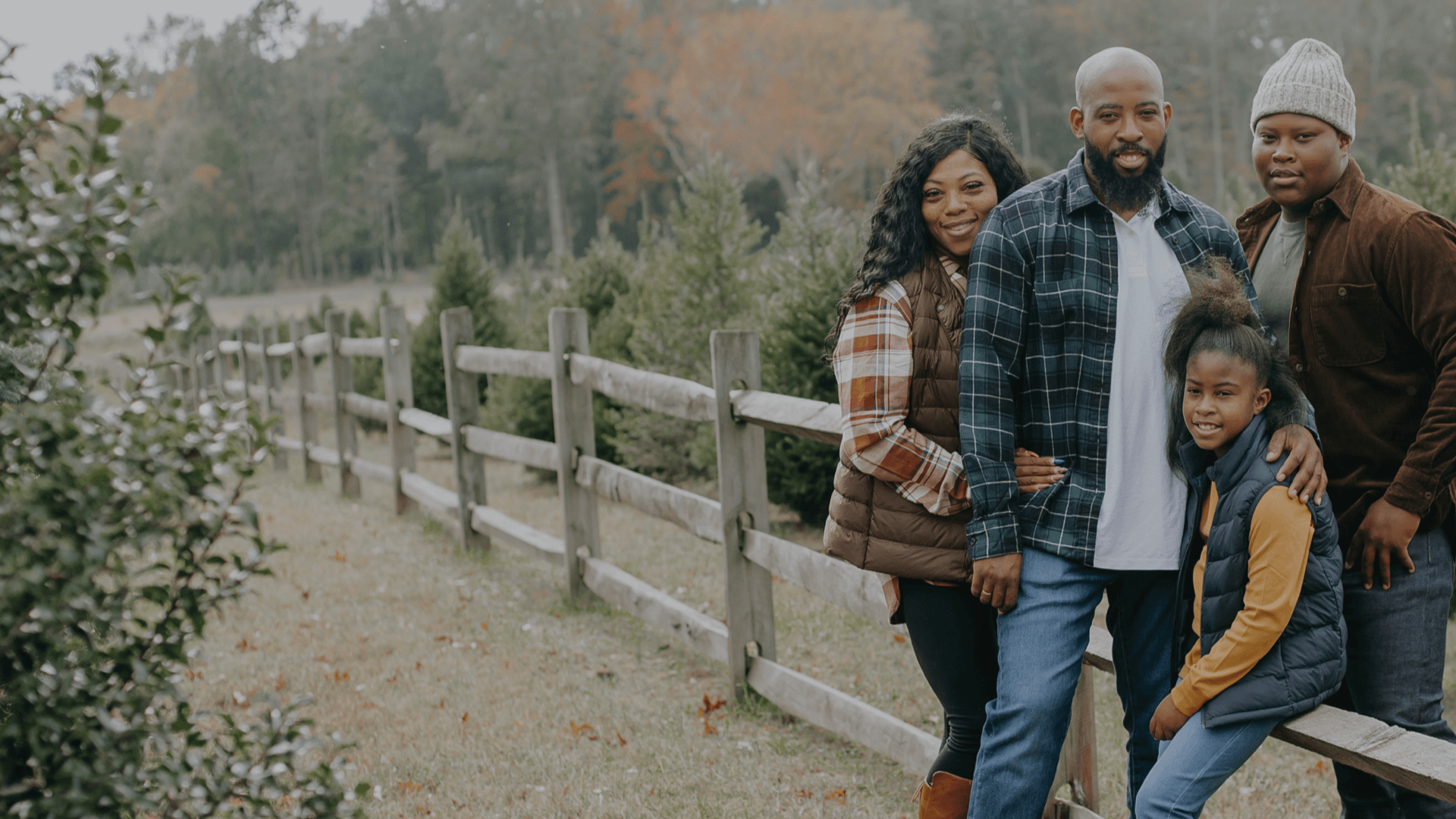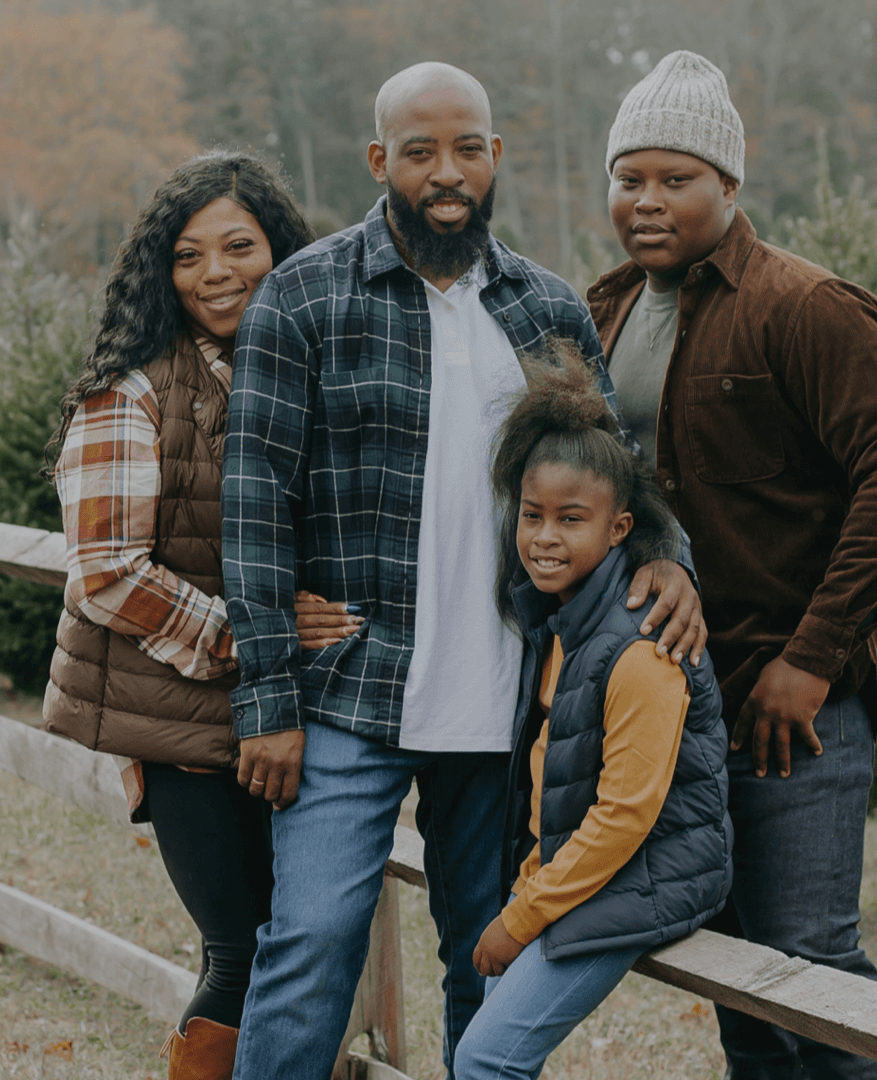The future of accessible and affordable housing is looking a little more promising with MicroMortgage Marketplace's small-dollar mortgage program. Co-designed by Kentucky-based mortgage lender Fahe and HCA, MicroMortgage Marketplace aims to make homeownership more accessible to low- and middle-income families in the United States by offering mortgages under $100,000. This project, funded by a $300,000 grant from the Access Ventures Reconstruct Challenge, will hopefully help to narrow the gap between the wealth and homeownership rates of Black and white Americans. It is based on research done by the Washington, D.C.-based research firm Urban Institute, which shows that better access to small-dollar mortgages will help to give people of color access to affordable and sustainable housing. Small-dollar mortgages like these are especially helpful to Black and Hispanic borrowers, but mortgages this low are typically far and few between, as traditional lenders don't often provide them. In fact, according to housing data company Attom Data, only 10 percent of loans used to buy a single-family home or condominium in the United States last year were under $100,000. As Fahe stated in a news release, 'The monthly cost of homeownership is often lower than the monthly cost to rent,' Fahe said in a news release. 'But affordable, low-cost properties can be hard to access because of the limited availability of mortgages under $100,000.' Urban Institute shows that this lack of small mortgages leads to more purchases of low-cost mortgages, putting investors and cash-buyers an advantage over others when it comes to affordable homes. These MicroMortgages hope to change that and boost Black homeownership in the process, and, in turn Black wealth, as owning a home is one of the best ways to develop wealth over time. The MicroMortgage loan will be underwritten, funded, and serviced by Fahe. If it is successful and works in the way that it aims to in creating more opportunities for homeownership, it could become more widely available in other communities with generally affordable homes but not enough small mortgages to buy them with. Hopefully, this project is one of many to come. If things go well, it can act as an example to be replicated by community development financial institutions, local banks, and housing authorities in other cities across the country that could benefit from similar programs.



